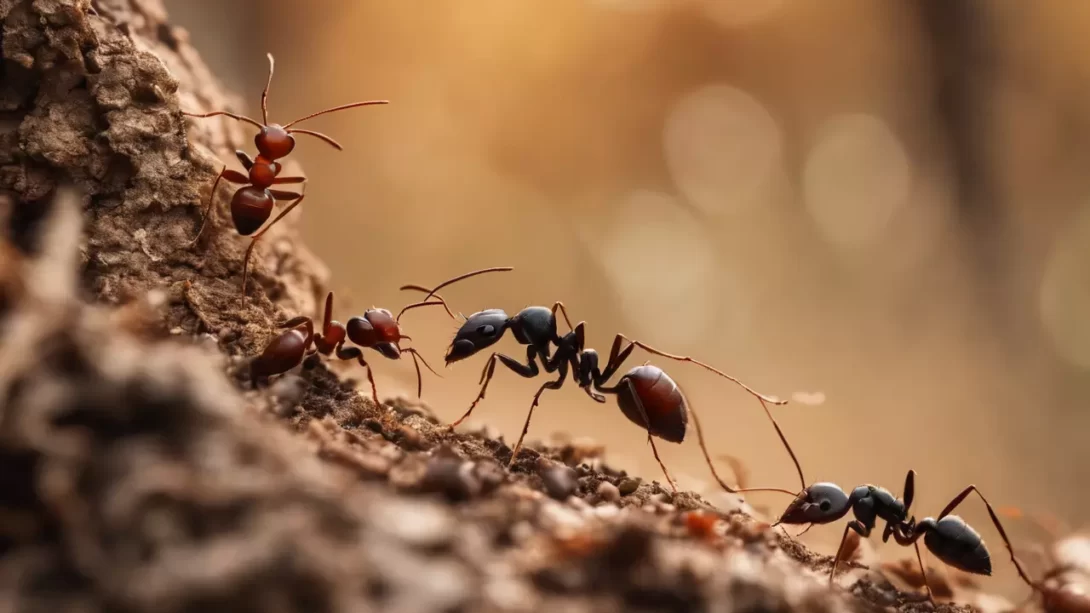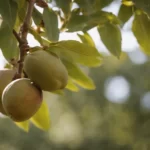Ants are often seen scurrying up and down tree trunks, leading to a common question: can these small insects actually kill a tree? While ants are a familiar sight in our gardens and forests, their impact on tree health is not always straightforward. This article aims to explore the complex relationship between ants and trees, shedding light on whether ants are harmless visitors or potential threats to tree vitality.
Ant Behavior
Ants are incredibly diverse and adaptive insects, playing various ecological roles. They are found in nearly every terrestrial habitat and have complex social structures within their colonies. Commonly found around trees are species like carpenter ants, which are often mistaken as harmful to tree health. However, the behavior and impact of ants on trees can vary significantly based on the ant species and the health of the tree.
Ants and Trees: A Symbiotic Relationship?
In many cases, ants and trees have a symbiotic relationship, where both parties benefit. Certain ant species protect trees from herbivorous insects in exchange for food resources like nectar or sap. These ants patrol the tree and attack leaf-eating insects, providing a natural pest control service. Other ants aid in seed dispersal for some tree species, helping in their propagation. Understanding these beneficial interactions is crucial in assessing the overall impact of ants on tree health.
When Ants Become a Problem
While many ant-tree interactions are beneficial, there are scenarios where ants can be detrimental to trees. The most notable example is when ants establish their nests within a tree, particularly in cases involving carpenter ants. Contrary to popular belief, carpenter ants don’t eat wood but excavate it to create their nests, which can compromise the structural integrity of a tree, especially if it’s already weakened or diseased.
Another concern arises when certain ant species ‘farm’ sap-sucking pests like aphids or scale insects on trees. These ants protect and nurture these pests for their sweet secretions, inadvertently contributing to severe pest infestations. Such relationships can stress the tree, leading to reduced vigor and potentially making it more susceptible to diseases and other pests.
Identifying Ant-Related Tree Damage
Recognizing ant-related damage to trees is key to managing potential issues effectively. Signs of carpenter ant infestation include the presence of frass (sawdust-like material) around the tree base or in cavities, indicating their nesting activity. However, it’s important to note that carpenter ants usually colonize trees that are already in decline due to other factors, such as disease, injury, or aging.
For trees infested with sap-sucking pests farmed by ants, look for clusters of these pests on leaves or stems, often accompanied by a sticky residue known as honeydew. This can lead to sooty mold growth, further impairing photosynthesis and the overall health of the tree.
In both cases, it’s crucial to accurately identify the primary cause of the tree’s decline. Often, the ants are a secondary issue, capitalizing on an existing problem rather than being the root cause of the tree’s demise.
Managing Ant Infestations in Trees
Effective management of ant infestations in trees is essential for maintaining tree health. The first step is to address the primary cause of the tree’s decline, such as disease, injury, or environmental stressors. Improving the overall health of the tree can make it less attractive to ants and other pests.
For carpenter ants, removing dead or decaying wood and pruning away damaged branches can help. If the infestation is severe, you may need to consult a professional arborist or pest control expert for appropriate treatment options. Chemical treatments should be a last resort due to their potential impact on the environment and non-target species.
In cases where ants are farming sap-sucking pests, controlling these primary pests can reduce the ant population. Natural predators or insecticidal soaps can be effective against aphids and scale insects. Again, a balanced approach that considers the overall ecosystem is crucial.
Conclusion
Ants can pose a threat to trees, particularly when they exacerbate existing problems or encourage harmful pest infestations. However, in many cases, ants are either beneficial or harmless to trees. Understanding the specific circumstances and the nature of the ant-tree interaction is key to determining the appropriate action.
Maintaining healthy trees is the best defense against ant infestations and other pest problems. Regular monitoring, proper tree care, and integrated pest management strategies can help ensure that your trees thrive, coexisting with ants and other wildlife in a balanced ecosystem.




